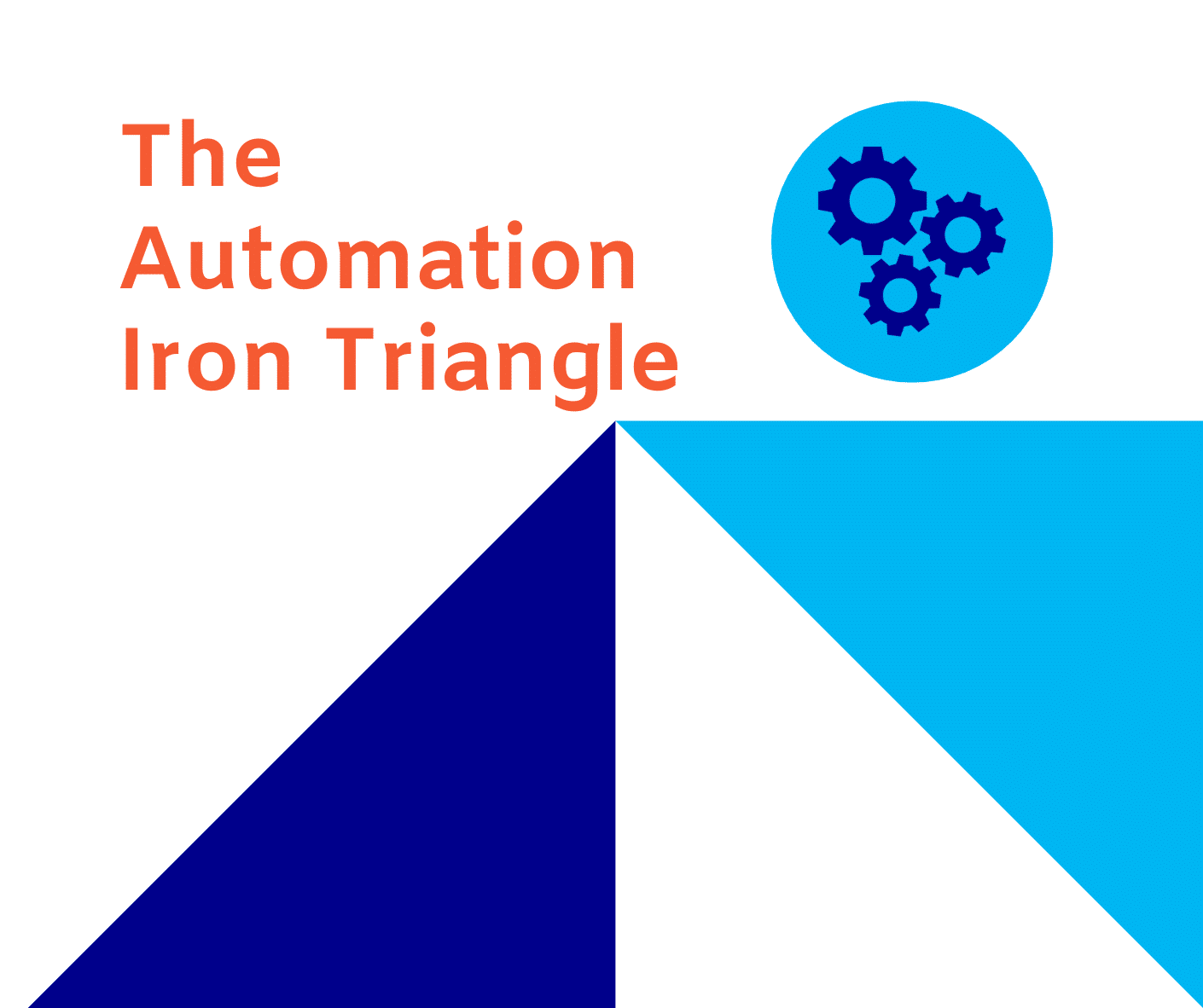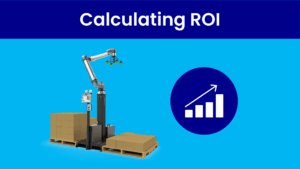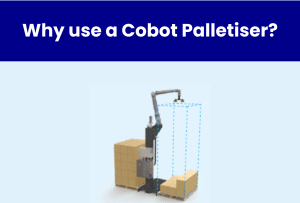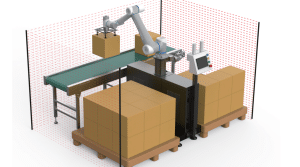Is there another “Iron Triangle” for SMEs looking to automate?
When small and medium enterprises (SMEs) consider automation, they face a unique set of challenges. While we’re all familiar with the classic “Iron Triangle” of FAST, CHEAP, and GOOD, automation for SMEs introduces a new set of trade-offs to navigate.
The SME Automation Tradeoffs
Instead of FAST, CHEAP, and GOOD, SMEs face three key constraints when automating:
- LOW BATCH SIZE
- HIGH VARIATION
- CHEAP (Per Unit Cost)
Achieving all three is extremely difficult.
For large manufacturers (Tier 1) that produce vast quantities of uniform products, automation is a straightforward, cost-effective investment. These companies can recoup their investment within a couple of years or even months because the economies of scale work in their favour.
However, for SMEs—where production volumes are smaller and product variation is greater—the per-unit cost of automation tends to be significantly higher. Often, it becomes so expensive that it’s not feasible.
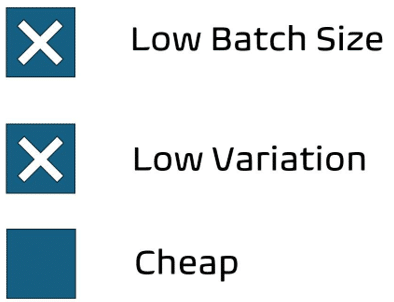
The Misguided Lesson from Large Companies
SMEs often draw the wrong lessons from bigger firms when it comes to automation.
In large organizations, increasing production capacity can drive revenue growth. When a company has captured a substantial portion of the market, faster production can make a real difference, enabling them to grow by meeting higher demand. Their metrics—efficiency per unit and labour replacement—make sense in their context.
However, for SMEs, focusing purely on efficiency and labour reduction often isn’t the best way to assess an automation project’s success. Instead, growth in revenue and profitability should be the key metrics.
Automation for Growth: A Real Example
Let’s look at a large-scale example: PepsiCo’s new factory, a $160 million investment. This plant will produce 21,000 tonnes of product per year, equivalent to 117 billion bags. With a $5 price tag per unit and a 30% profit margin, PepsiCo expects to generate $175 million in the first year—enough to pay for the factory within that time.
Now, scale this down to an SME level. Imagine an SME with an annual revenue of £2 million and a profit margin of 20%. Suppose they invest £100,000 in automation, which boosts their revenue by 4%. That 4% increase would allow them to recoup their investment in three years, well within the constraints most SMEs put on capital investment.
So, if your company has a sales strategy of 4, 8, or 12% growth, how will you meet that demand? Automation allows you to flex your staff and grow the business.
The Bottom Line for SME Automation: Capacity Drives Revenue
For SMEs, the primary takeaway is that increasing production capacity is more than just improving efficiency. It leads directly to more revenue. In the context of SME automation, the focus should be on how the investment can drive business growth rather than simply cutting costs per unit or replacing labour.

